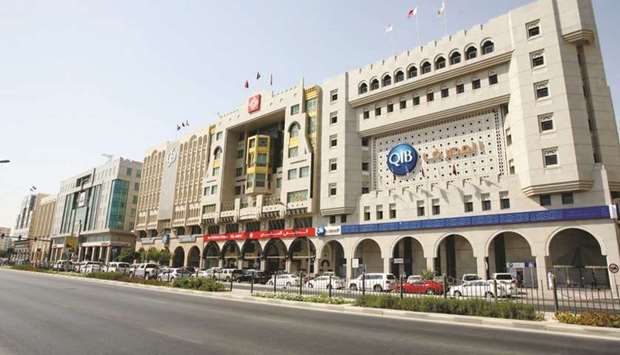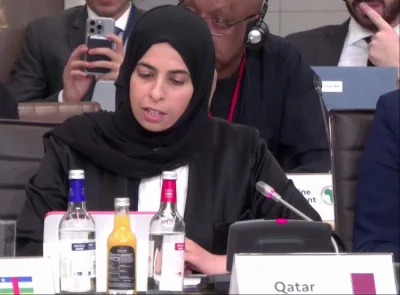Qatar’s banking sector remains healthy, reflecting high asset quality and robust capitalisation; even as the Qatar Central Bank (QCB) should consider introducing additional indicators in the real estate, given the softening of rates in the sector, according to the International Monetary Fund (IMF).
At end-September 2018, banks had high capitalisation (capital adequacy ratio, or CAR, of 16%) and maintained strong profitability (return on assets, or ROA, of 1.6%), low non-performing loans (ratio of 1.7%), and a reasonable provisioning ratio of 83%, the Bretton Woods institutions said in its latest Article IV consultation with Qatar.
Banks are comfortably liquid, with liquid-asset-to-total-asset ratio of 29.7%. Nonetheless, strong credit growth that outpaced deposits resulted in the system-wide loan-to-deposit (LTD) ratio of 103%, which is higher than the QCB guidance of 100%.
"The loan-to-deposit ratio should be enforced to encourage banks to reduce leverage," the IMF report said.
Highlighting that stress test results indicate that Qatari banks can withstand severe macroeconomic shocks, the IMF said given the strong position of the financial system, with low NPLs, adequate provisioning, and solid profitability, banks can "comfortably" withstand higher NPLs and lower profitability brought about by macroeconomic shocks.
Although banks remain sound, underpinned by strong profitability and capital as well as high asset quality, the report said it is important to continue to monitor closely banking sector’s assets, given the softening of real estate prices.
"In this connection, QCB should consider introducing additional indicators such as vacancy rates to assess in a more timely fashion developments in the real estate sector," the IMF report said, adding "the emphasis on risk-based supervision is important, as it provides the opportunity to detect vulnerabilities at earlier stages."
After a period of rapid growth, real estate prices in Qatar are adjusting to new levels. According to the real estate price index developed by the QCB, following an 82% increase during 2012-16, real estate prices fell by 15% during 2017-18, it said.
Many of the real estate borrowers are reportedly well-diversified large conglomerates that are able to support their loan payments from other businesses, it said.
The IMF also recommended strengthening the modalities for the exchange of information between the fiscal and monetary authorities to help averting sharp swings in liquidity and the related adverse economic and financial impact.
Stressing that financial innovation tends to give rise to risks and vulnerabilities, despite the advantage of enhancing financial inclusion; the IMF report said "it is therefore important to further strengthen financial supervision and the regulatory framework to ensure that consumers are protected and offered sound products."




